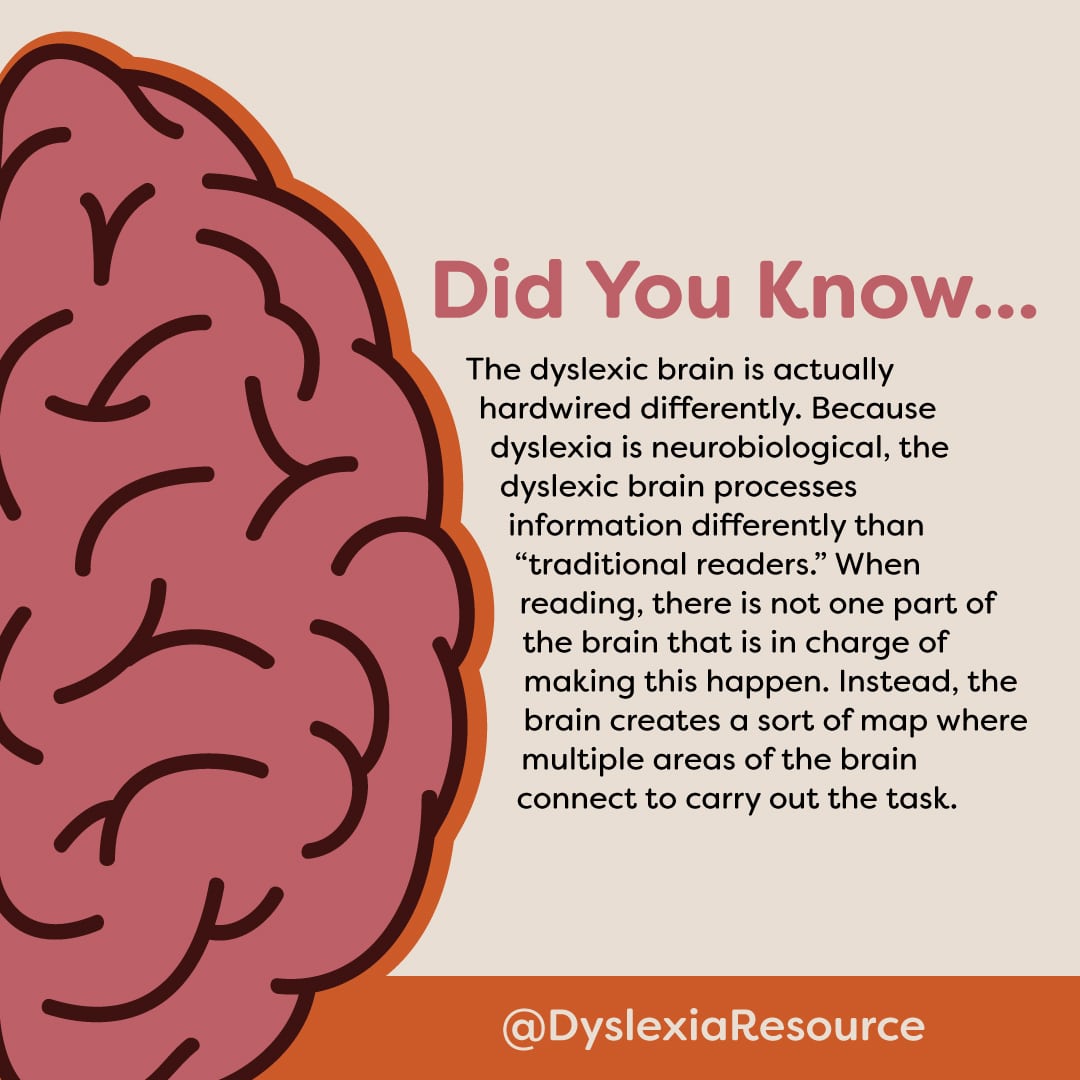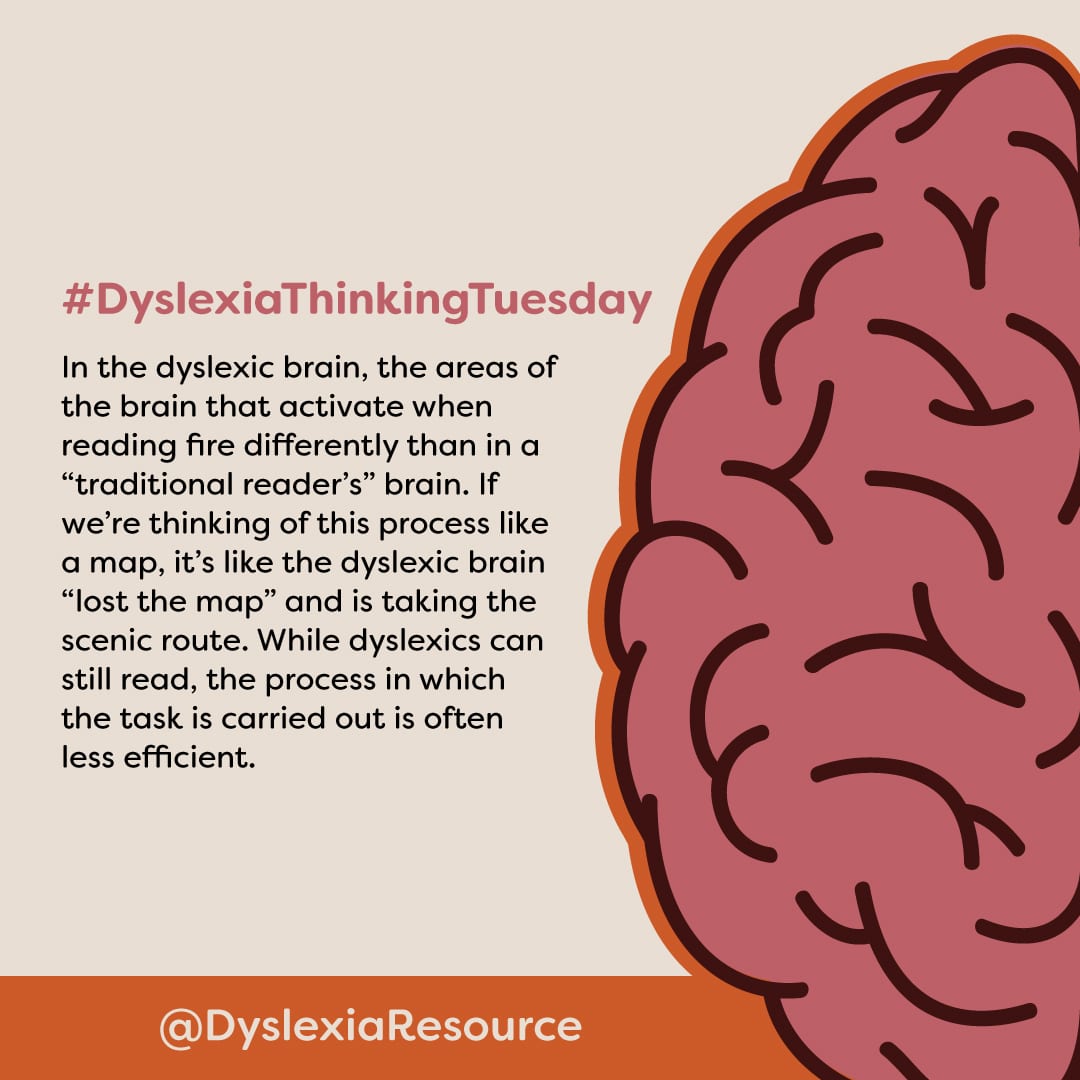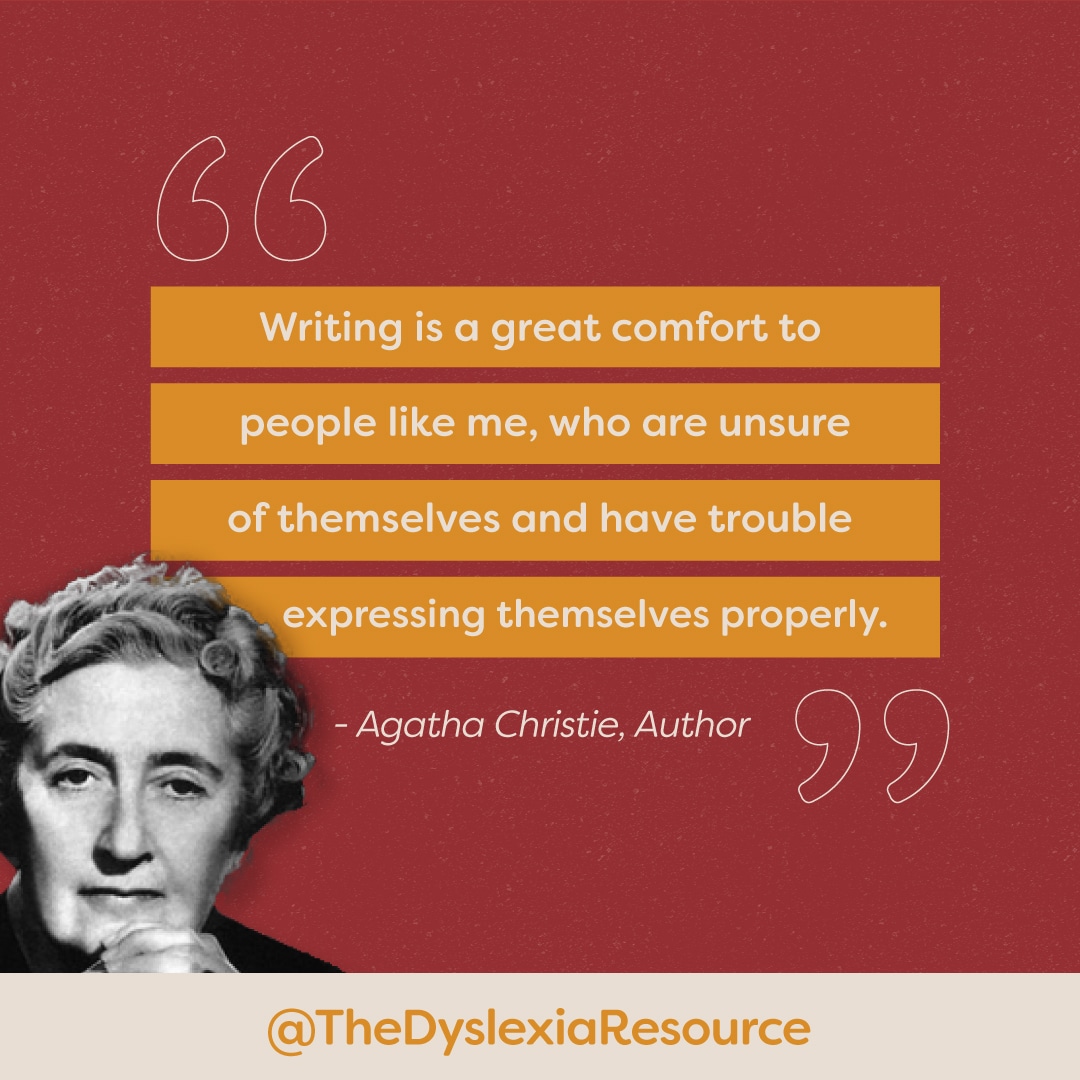Understanding and spotting the early signs of dyslexia is the most effective way to get your student the help they need to succeed in the classroom. Download our free Red Flag Checklist, and share to help others spot and support dyslexic learners.
Did you know that the dyslexic brain is actually hardwired differently? Because the dyslexic brain is structurally different, the areas of the brain that activate during reading are different than those areas in a traditional reader's! brain! The structural differences is a dyslexic's brain are neurobiological in nature and affect the organization in the brain that controls the ability to process the way language is heard, spoken, read or spelled.
While dyslexia makes it challenging to learn to read, the strengths and diversity of the dyslexic brain are unparalleled! From innate empathetic abilities, to the capacity to see the big picture, dyslexics have many natural skills and talents that should be celebrated.
Samuel Orton's birthday was on October 15th. Orton, a skilled neuropsychiatrist and pathologist, laid the foundations for successful remediation through his knowledge of neurology and neural connections. He and Anna Gillingham created the Orton-Gillingham Approach, which is still widely used today as one of the most effective ways to teach reading, writing, and spelling!
Because the dyslexic brain is structured differently, dyslexic individuals have trouble with certain processes. Difficulties in these processes result in difficulties when learning to read and write as these processes are essential to successful reading comprehension.
Keeping these affected processes in mind, there are two things dyslexic students need for their educational path:
1. Ongoing support with reading comprehension
2. Consistent ways to bolster their confidence inside and outside of the classroom.
When breaking a word into syllables, one of the tricky parts of reading is knowing what the vowel sound is going to be. We use this acronym with our students to help them remember the 6 syllable rules. Using this tool in conjunction with direct and explicit instruction when teaching vowel sounds can help students understand syllable patterns, which helps them read and spell more accurately.
If you have identified a struggling reader in your classroom, you can make a difference in that student's life! These quick tips can help your student get the support they need to succeed.
 The most supportive thing you can do as a parent or teacher is to become an investigator! Open the line of communication with your student and find out what is disrupting their current learning processes. The more you know about this student and what is affecting them, the more you can help them get the support and accommodations they may need.
The most supportive thing you can do as a parent or teacher is to become an investigator! Open the line of communication with your student and find out what is disrupting their current learning processes. The more you know about this student and what is affecting them, the more you can help them get the support and accommodations they may need.
Learn why an explicit, structured, and multisensory approach is the most effective way to teach reading in our self-paced virtual course. In each module, real educators break down the 'how's' and 'why's' of what makes their phonics and reading comprehension instruction so successful.

















